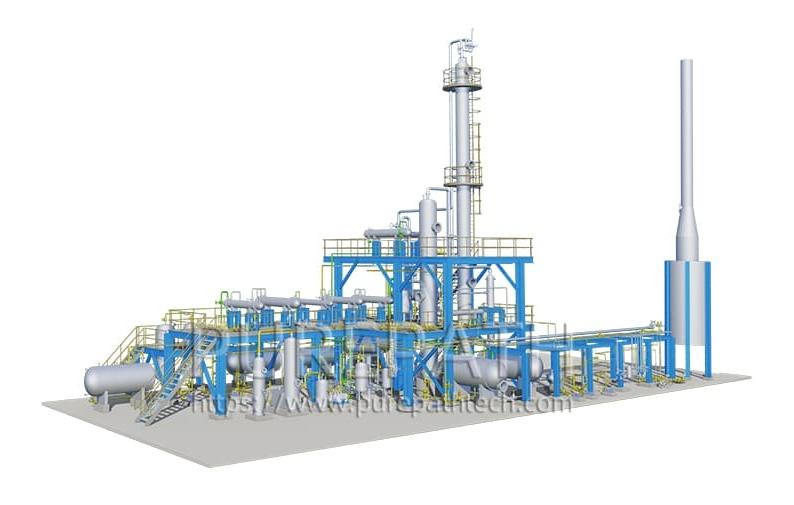Economic Viability of HFO Visbreaking in Low-Sulfur Fuel Oil (LSFO) Markets

The global shift toward low-sulfur fuel oil (LSFO) due to IMO 2020 regulations has significantly altered refinery economics, pushing refiners to optimize residue upgrading processes. One such technology, visbreaking, offers a cost-effective solution for converting heavy fuel oil (HFO) into lighter, more valuable products while adjusting to LSFO demand. But how economically viable is visbreaking in today’s market?
Visbreaking: A Cost-Effective Alternative
Visbreaking is a mild thermal cracking process that reduces the viscosity of heavy residues, producing gasoil, distillates, and a lower-viscosity residual fuel. Compared to more complex alternatives like coking or hydrocracking, visbreaking requires lower capital and operational costs, making it attractive for refiners with limited budgets.
In the LSFO era, visbreaking can help refiners reduce sulfur content by diluting HFO with lighter streams or integrating it with desulfurization units. However, its economic viability depends on several key factors:
Key Economic Considerations
Feedstock and Product Spreads
The profitability of visbreaking hinges on the price differential between HFO and lighter distillates. When gasoil and diesel margins are strong, visbreaking becomes more attractive.
However, if LSFO demand declines (e.g., due to LNG or scrubber adoption), the economics may weaken.
Regulatory Compliance
Visbroken residue may still require blending or further treatment to meet 0.5% sulfur limits. Additional hydrotreating costs could erode margins.
Refinery Configuration
Stand-alone visbreaking units may struggle to maximize value, whereas integration with hydroprocessing or FCC units can enhance yields and profitability.
Competing Technologies
Hydrocracking and coking offer deeper conversion but at higher costs. Refiners must weigh visbreaking’s lower returns against its reduced complexity.
Conclusion: Is Visbreaking Still Worth It?
For refiners with existing visbreaking units, the process remains a low-cost option to marginally upgrade HFO and improve cash flow. However, in a market increasingly favoring deep conversion and ultra-low-sulfur fuels, its long-term viability may depend on:
Strong middle distillate margins to offset lower residual fuel values.
Flexible blending strategies to meet sulfur specs without excessive secondary processing.
Regional demand dynamics, as some markets still consume higher-sulfur fuels for power generation or marine use.
While visbreaking may not be the ultimate solution for LSFO production, it remains a strategic tool for refiners balancing cost constraints with regulatory compliance. Its economic edge lies in simplicity—making it a viable option where more complex upgrades are not feasible.
- Art
- Causes
- Crafts
- Dance
- Drinks
- Film
- Fitness
- Food
- Oyunlar
- Gardening
- Health
- Home
- Literature
- Music
- Networking
- Other
- Party
- Religion
- Shopping
- Sports
- Theater
- Wellness


